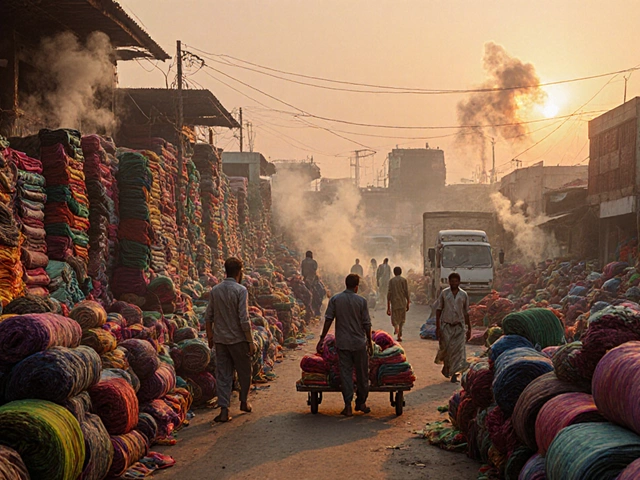Sustainability in Indian Manufacturing: Simple Steps for Greener Production
When you think of factories, you might picture smoke stacks and loud machines. But today, more Indian manufacturers are choosing cleaner, greener ways to work. Going green isn’t a buzzword—it’s a real way to cut costs, win customers, and protect the environment.
First, look at energy use. Swapping old motors for high‑efficiency models can save a lot of electricity. Even small changes, like installing LED lighting or using motion sensors, lower the bill and the carbon footprint. Most energy‑saving upgrades pay for themselves within a year.
Cut Waste and Recycle Smartly
Waste is a big expense. Instead of dumping scraps, set up a recycling loop. Metal shavings, plastic off‑cuts, and wood chips can be sold to recyclers or turned into new products. For example, a textile unit that separates polyester fibers for reuse reduces raw material purchases and cuts landfill waste.
Another easy win is water reuse. Simple filtration systems let you treat and reuse water for cooling or cleaning. Many factories in Gujarat have saved up to 30% of their water bill by re‑circulating treated water.
Choose Safer Materials
Using banned or hazardous chemicals not only risks fines but also harms workers and locals. Checking the latest banned chemicals list (like the 2025 update for India) helps you stay compliant and avoids costly clean‑ups. Switching to eco‑friendly alternatives—like bio‑based solvents instead of harsh petrochemicals—keeps production smooth and the brand image strong.
Plastic pollution is another hot topic. If your product or packaging involves plastic, consider biodegradable options or reduce thickness. Some Indian pharma firms have already cut plastic waste by 40% by redesigning their packaging.
Finally, involve the whole team. Train staff on energy‑saving habits, reward ideas that reduce waste, and share success stories. When everyone sees the benefit—lower bills, better reputation—they’re more likely to keep the momentum going.
Going sustainable isn’t a massive overhaul; it’s a series of practical steps that add up. Start with one change—maybe an LED swap or a waste audit—and build from there. Your factory becomes greener, your costs drop, and you contribute to a healthier India.
Plastic Manufacturing Giants: Who Makes Most of the World's Plastic?
If you've ever wondered which companies are responsible for mountains of plastic around us, you're not alone. This article breaks down which corporations are at the heart of the global plastic production machine, and why it matters. From household names to industry giants, discover who’s filling the world with plastic—and what it means for our planet. You'll also pick up handy insights on spotting products from these companies in your daily life. Understanding this could actually help you make smarter consumer choices.
Read More




